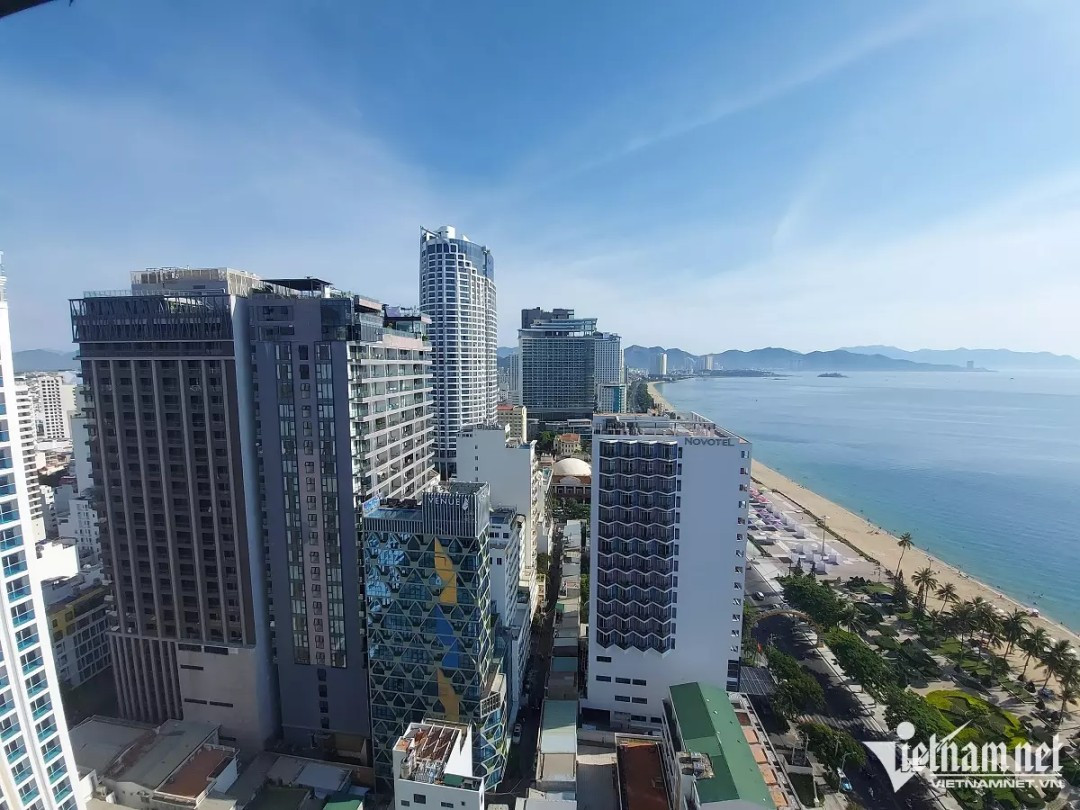
In 2012, the Politburo issued Conclusion 25-KL/TW on the continuation of implementing Resolution 39.
After the Politburo released the resolution, Government, ministries, branches and localities have also released documents to institutionalize the contents of the resolution. Under the resolution, the region strived for a GDP growth rate of 8-9 percent in 2001-2010.
In recent years, the central coastal region has recorded the fastest growth rate in investment attraction thanks to the link among areas and reasonable distribution of investment based on specific conditions of each province in the region. However, there is a gap in the scale and investment attraction speed among localities.
As of 2021, the total implemented investment capital in the coastal area of the central region reached VND138.7 trillion, an increase of VND63 trillion over 2017.
Ninh Thuan recorded the highest growth rate in investment attraction - 41.8 percent in 2017-2021. Phu Yen had the lowest investment capital, with VND18.9 trillion, accounting for 13.62 percent.
Regarding foreign investment (FDI) attraction, as of May 2022, the whole region lured 383 valid projects with a total registered capital of nearly $12 billion, an increase of 85 projects and $403 million in capital compared to 2015. Khanh Hoa and Ninh Thuan saw the highest increase of registered capital.
Regional connectivity
In fact, there’s still no mechanism for connectivity for development among localities in this region. Several seminars were held to discuss inter-region cooperation in certain fields.
Regarding tourism, an international workshop on cooperating to develop tourism connection between Vietnam’s central coastal area, the eastern part of the south, Central Highlands and Lao’s southern provinces and Cambodia’s northeastern provinces took place in Binh Thuan in 2015. Another workshop on tourism development in the north and south of the central region was organized in 2016 in Nghe An.
Like the provinces in the northern part and coastal area of the central region, the linkage for development among the provinces of the southern sub-region in 2005-2021 did not gain considerable achievements.
Affiliated activities have been mostly implemented in the coastal area and in some business fields, such as tourism and transport infrastructure, while there have been few activities to link the northern and southern part of the central region.
The pursuit of economic development interests between localities has made regional linkages decline, these are subjective reasons.
All localities aim to become the center and driving force of development, taking the marine economy as a development orientation. The localities in the sub-region have all promoted the development of sea tourism, seaport development, and coastal industries.
This will break up the distribution of production and business to create a linkage chain for development. In general, the joint development activities of the northern part and coastal area of the central region in general, and the southern part of the central region in particular, still has not yet created a bond of attraction.
H. Nam